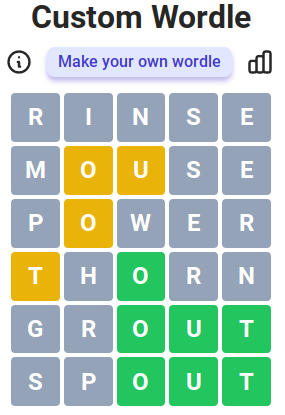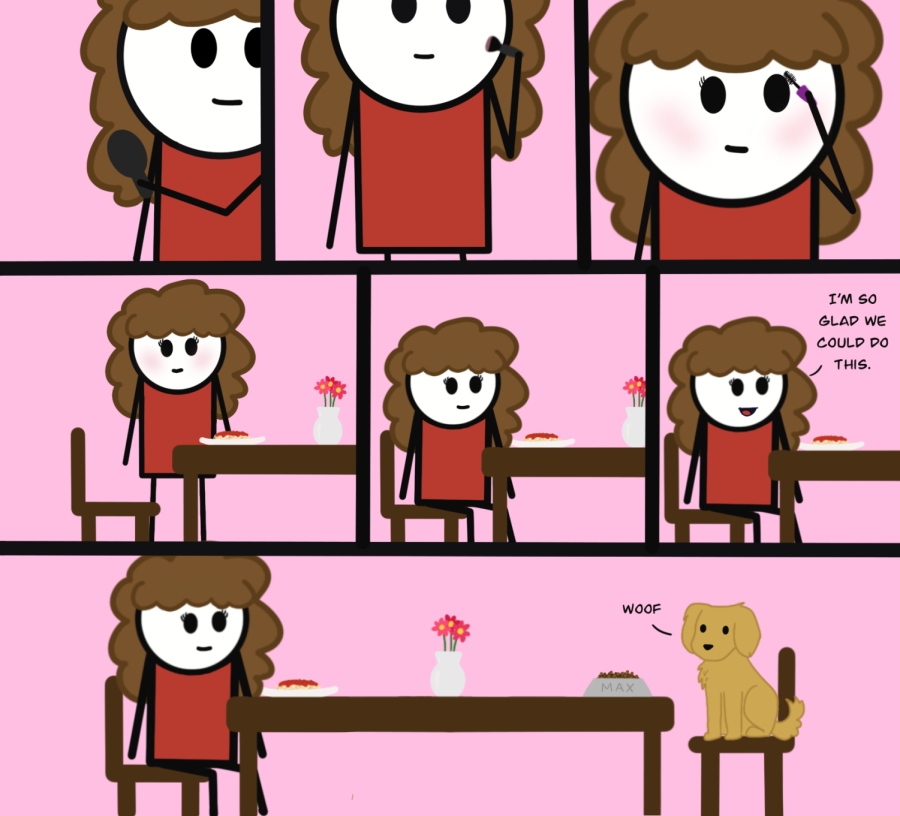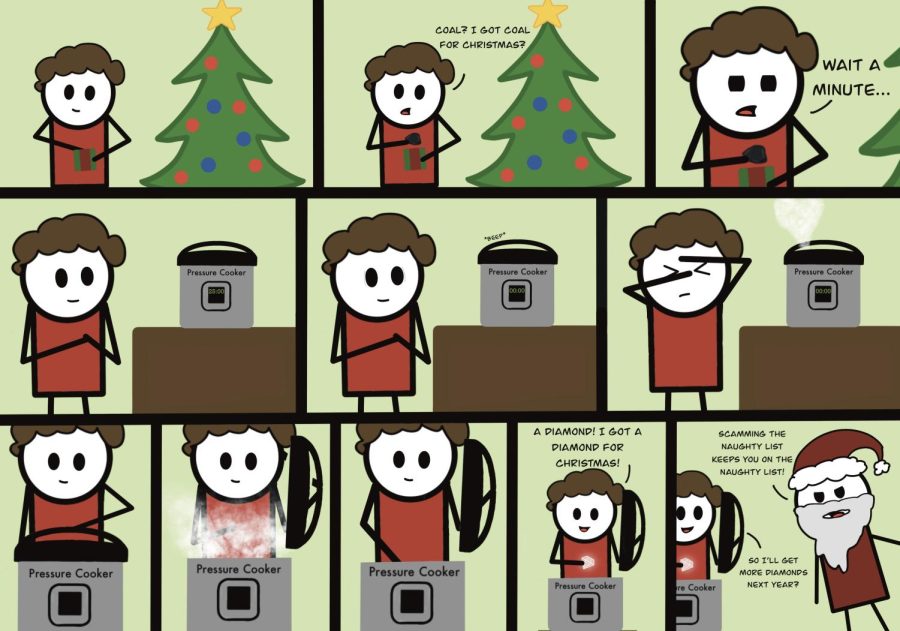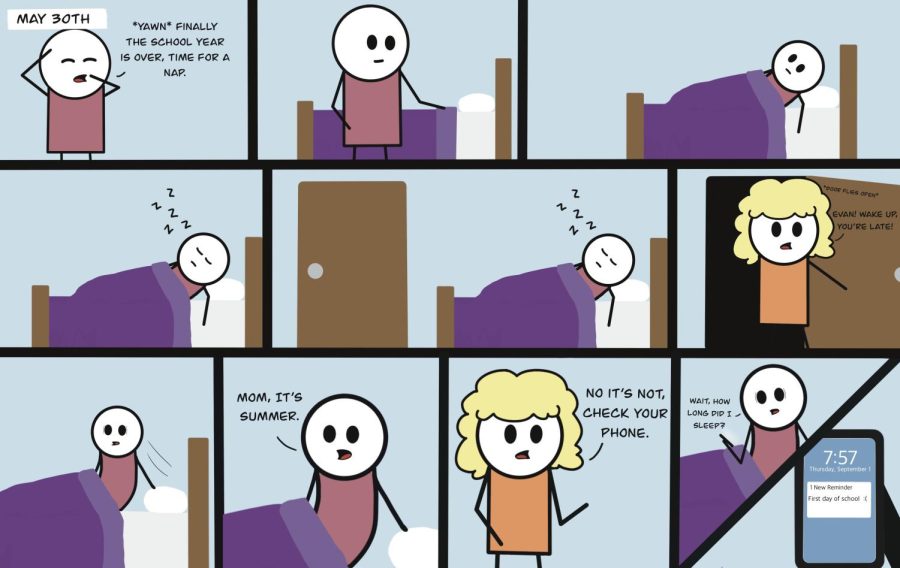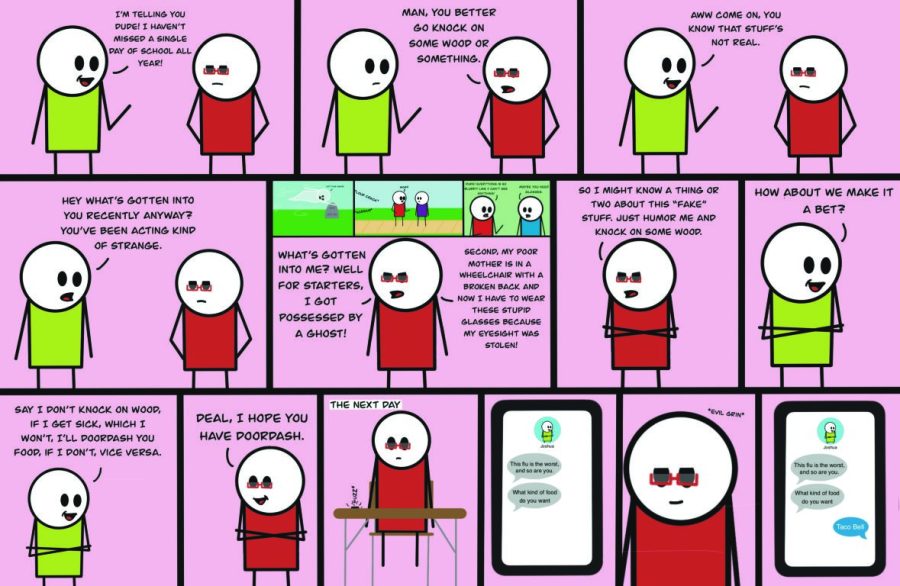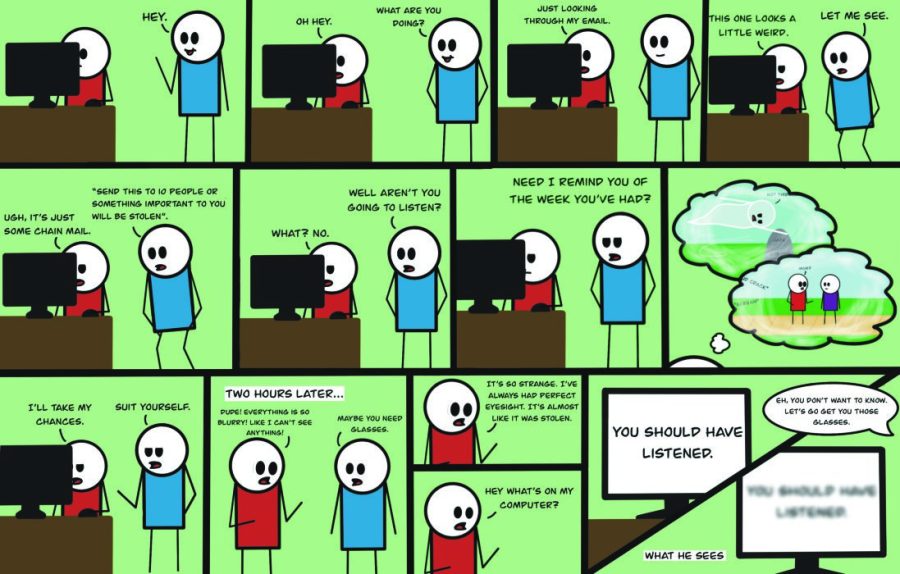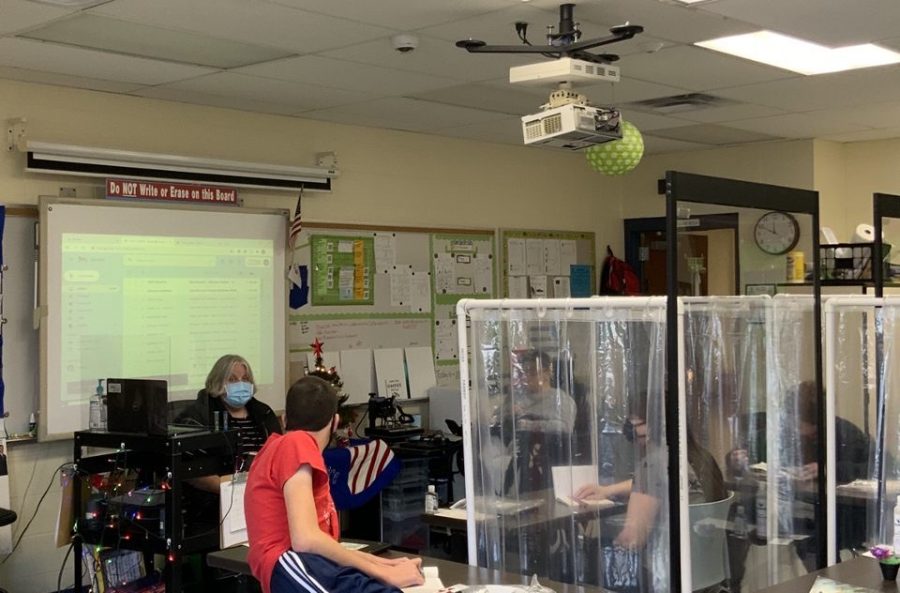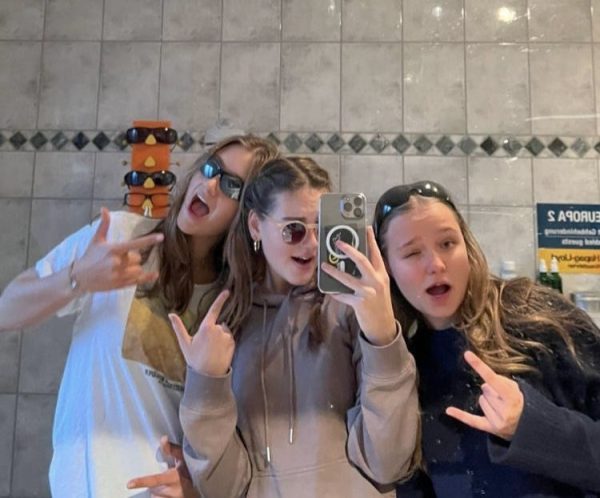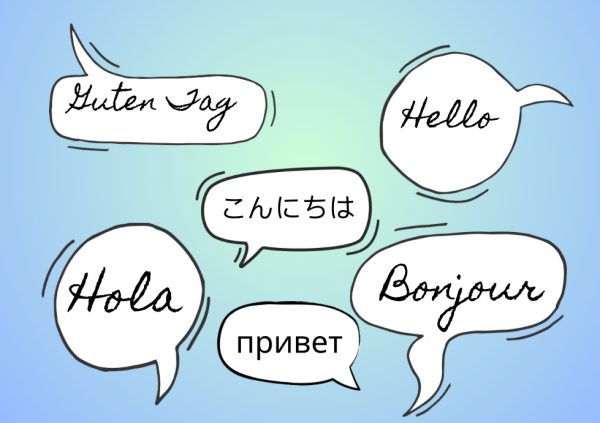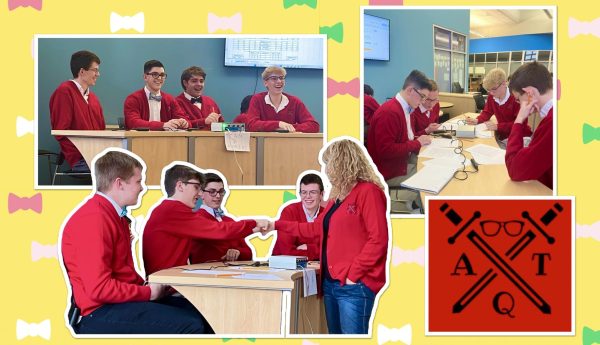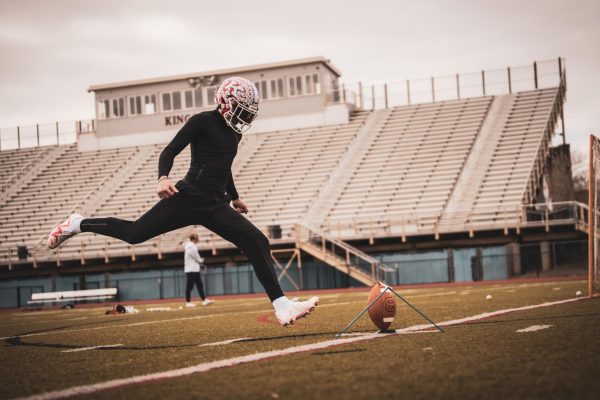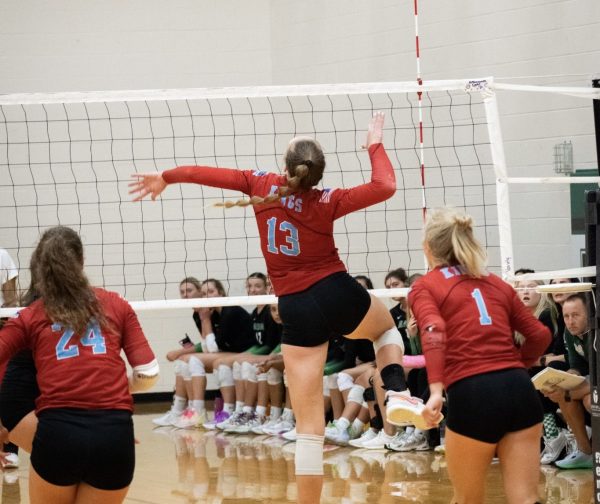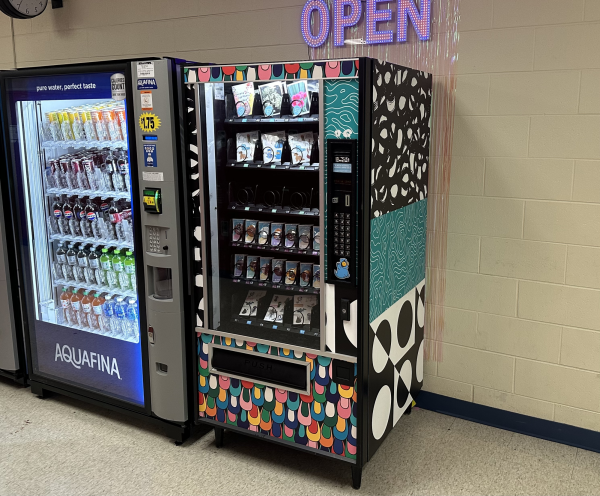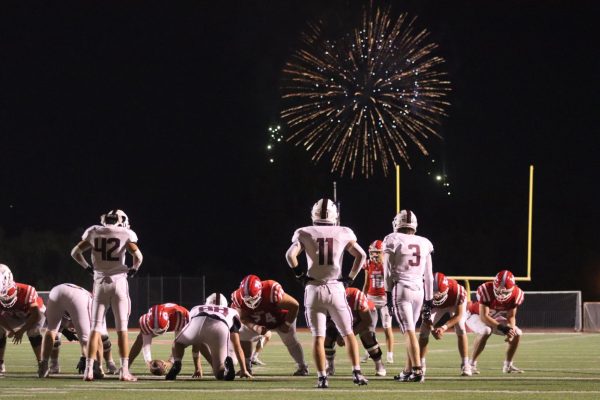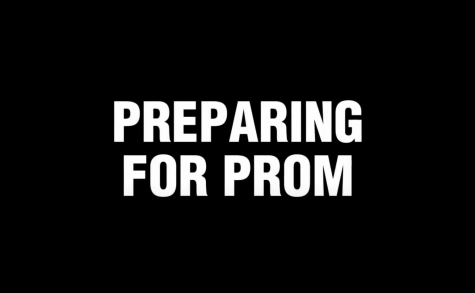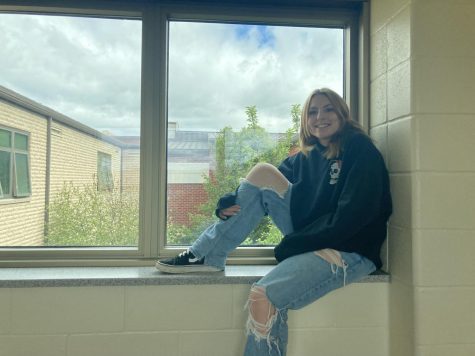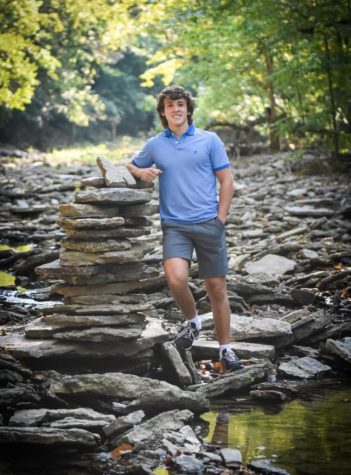Special education teachers adapt to guidelines
Angela Zlatic reads a novel with her students while they sit separated by clear shower curtains.
Special education teachers face the challenges of teaching in-school students with modifications to their pre-pandemic style of teaching because they can no longer rely on hands-on learning activities, social interactions with other students, and community field trips.
“We are staying more isolated than I ever would have wanted. We don’t intermingle with other students in the building very often and we try not to be in the hallways during class changes, where before we would have done things with other students and gone to other classrooms which we can’t do right now.” said Emily Hicks, a special education teacher at Loveland. Hicks has taught special education for fourteen years, although this is only her second year working with students at Loveland. “ They love the people in the room, the staff that they work with, and they get along really well.” Hicks said. Hicks works with a student at Loveland, Rosie, who has down syndrome. She loves people and is happy to see some of the staff members and her peers when she can.
It isn’t the same as working with a peer, but “ Bringing back even just a little bit of that social interaction probably relieved them of a lot of stress.” said Angela Zlatic, a special education teacher at Kings.
Zlatic and her teaching partner Mrs. Rutkousky work with a variety of students all of which have disabilities. Between the two of them, all of their students have returned to in-school learning, except for one who chose to learn remotely.
“Luckily the young man that we have doing that option is able to verbalise. He’s able to talk and participate on zoom.” Zlatic said.
While the high school may be lucky to have only one online student with special needs who is able to participate on his own, this may not be the case for schools outside of our district. For instance, Loveland.
“There are currently four kids who are here personally, and four who are remote.” said Hicks. “ It’s really hard! [Teaching her online students through zoom] I’m very hands-on and touchy-feely, which you really aren’t supposed to be doing during a pandemic. When I see them doing something that I could easily correct with just a quick gesture or touch and I can’t do it, it’s really hard!”
Interactive hands on activities were always a huge part of the teachers’ curriculum before COVID-19. The teachers couldn’t completely discard them from their classrooms because of how crucial they were to the students’ academic progression, so they found different ways to do those activities while keeping the staff and students safe. Learning how to cook and bake was part of the life skills portion of learning that the teachers couldn’t do this year with their students. As an alternative activity to baking, students got to decorate sugar cookies at their desks around Halloween with their own decorating supplies so they didn’t have to share with other people in the room and possibly spread germs. Zlatic has also supplied her students with their own “job boxes,” clear shoebox sized boxes with different materials such as blocks and paper objects they can manipulate with their hands.
“We would usually make six of them that they would use during one bell and then the next group in the next bell would use them, but now with COVID everyone has to have their own individual materials. Now we need to make twelve of everything, so it’s a little bit more time consuming and space consuming.” Zlatic said. Each student also has their own crate beside their desk to hold all of their supplies for a given day.
Not all of the hands-on activities the students do throughout the school year are in a classroom environment. In school years prior to COVID-19, students went on field trips to various places in their community such as restaurants, grocery stores, and even bowling alleys. These community trips helped the students build communication skills and get a sense of what working in their community would be like for them.
Lee Ann Conroy is the mother of Mark Conroy, an 18 year old with autism completing his senior year of high school with in-person learning. “ This would have been the year that he would go out to jobs.” Conroys said. “ He hasn’t been able to do that and he really misses that.”
Without having those community field trips throughout the school days, it’s been a little more difficult for Conroy and Mark to figure out what jobs he likes and would want to do in his future. Right now the plan is for Mark to go into a transition program after his senior year that will prepare him for work.
Some classes have been able to compensate for the lack of community field trips by doing small jobs companies have asked them to do like packaging the crayons that come with the kids meals at Frisch’s. Other classes are thriving by letting the students run their own businesses through the school.Loveland has a card making business, and the Kings special needs program makes and sells dog bones to the student body.
Because the students are confined to only one or two rooms in the school, their classrooms look and operate a bit differently this year. Most of the students have been doing very well with wearing their mask or face shield, but due to sensory issues there are a couple of students who cannot wear a face mask. In order to keep the students safe when they aren’t wearing a mask, teachers have made a few changes to the seating arrangements in their rooms. Since there is always only a small number of students in the special education rooms, there is enough room to separate the desks to be six feet away from each other. In some cases when the desks cannot be separated, dividers have been placed between the students.
“In this room our clear dividers are shower curtains to add an extra layer of protection.” Zlatic said. “ All that being said, when staff is working with students they are not six feet away from them. It’s just not going to happen.” Hicks said.
There is no way that the staff members can work with their students from a distance because a lot of the kids need someone next to them to be able to learn properly. The staff continues to take every safety precaution they can with washing hands and using hand sanitizer frequently, knowing that they will be in close proximity with their students and don’t want to spread any germs.
This semester has given special education teachers reassurance that they can still do the jobs they love and give their students the high school experience they need to succeed as a member of their community.
“I would never have believed that we could have the program we have now and still be somewhat successful.” Hicks said. “It shows how great these kids are and how resilient they can be, and we don’t give them enough credit for all that they do.”
Want to show your appreciation?
Consider donating to The Knight Times!
Your proceeds will go directly towards our newsroom so we can continue bringing you timely, truthful, and professional journalism.

Isabelle is a sophomore who started attending Kings at the beginning of her freshman year. She joined The Knight Times staff because she thought writing...



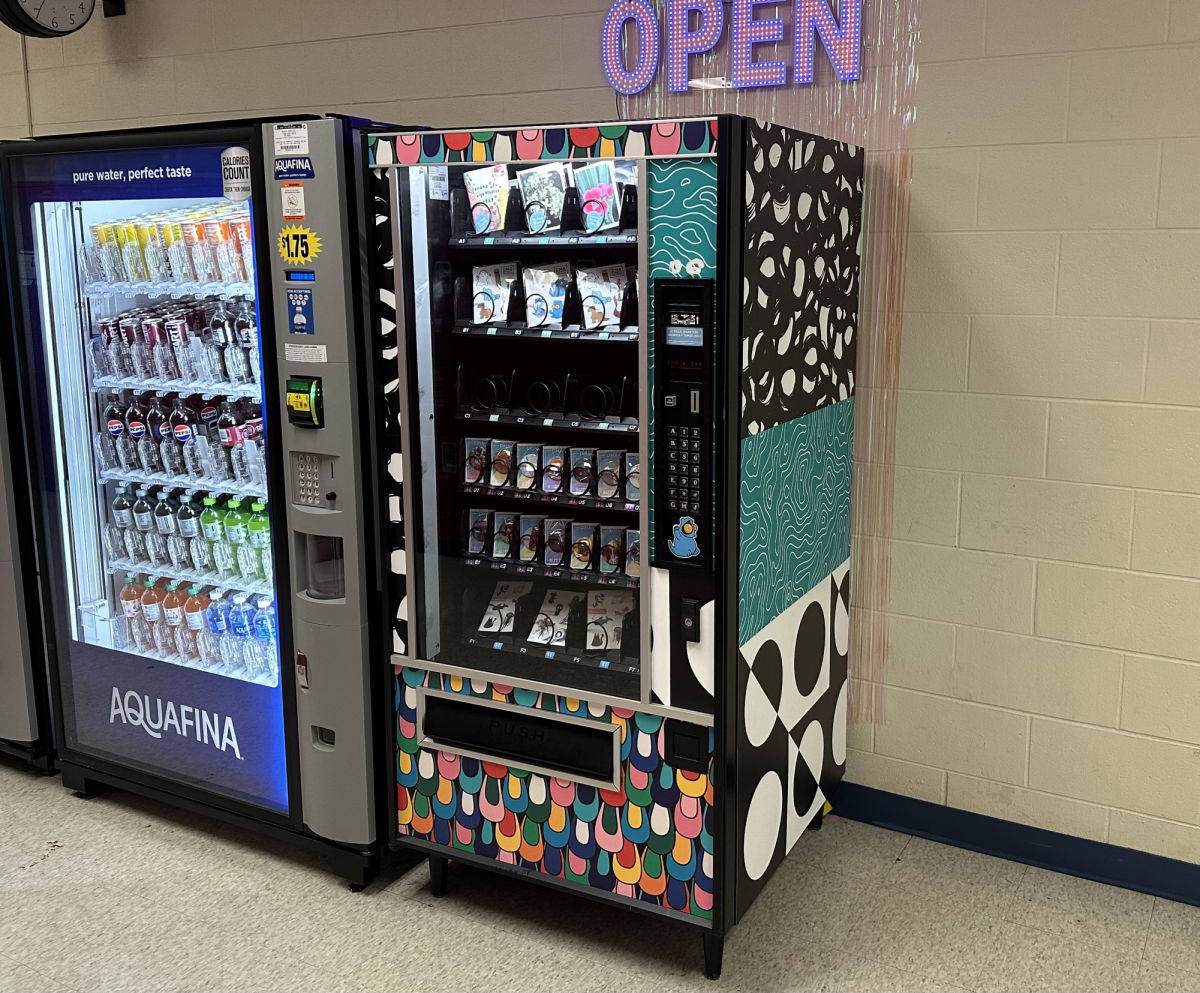




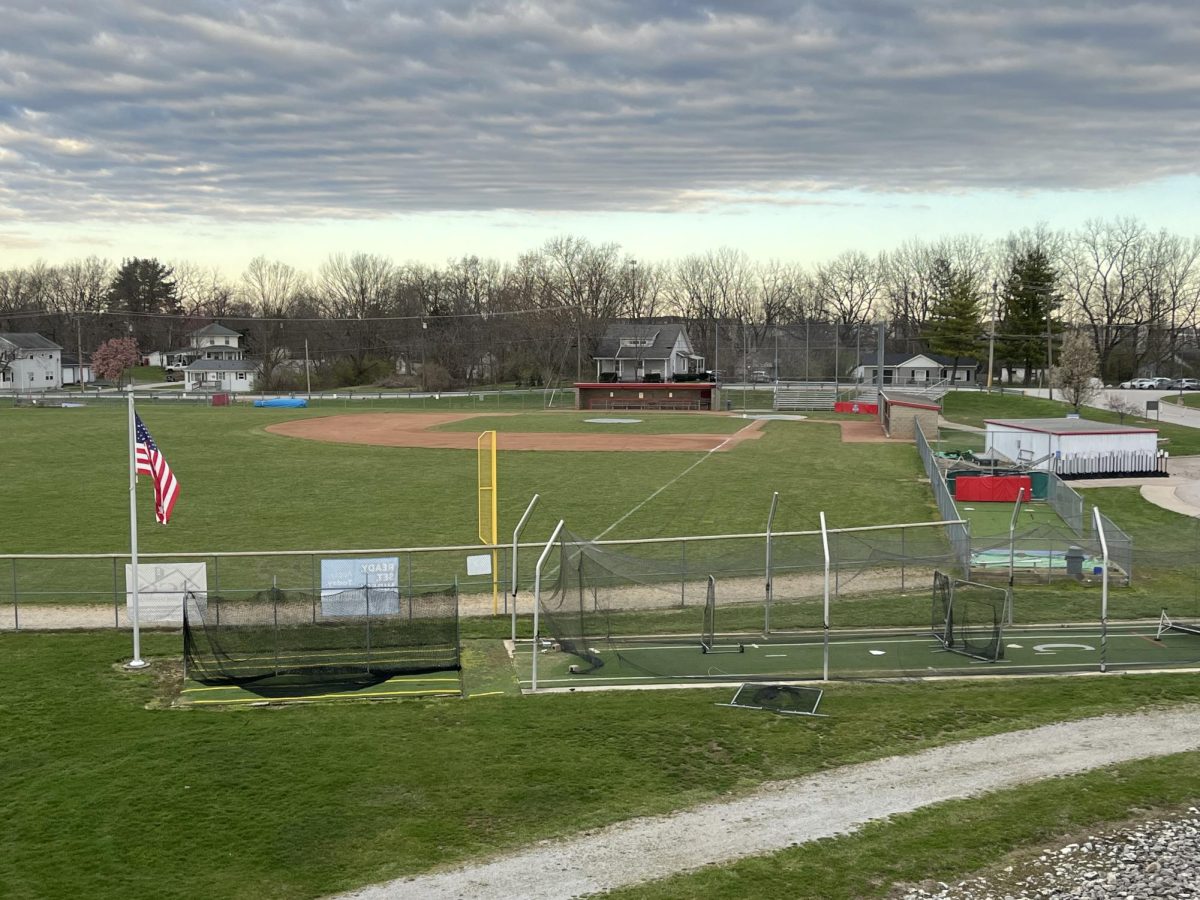
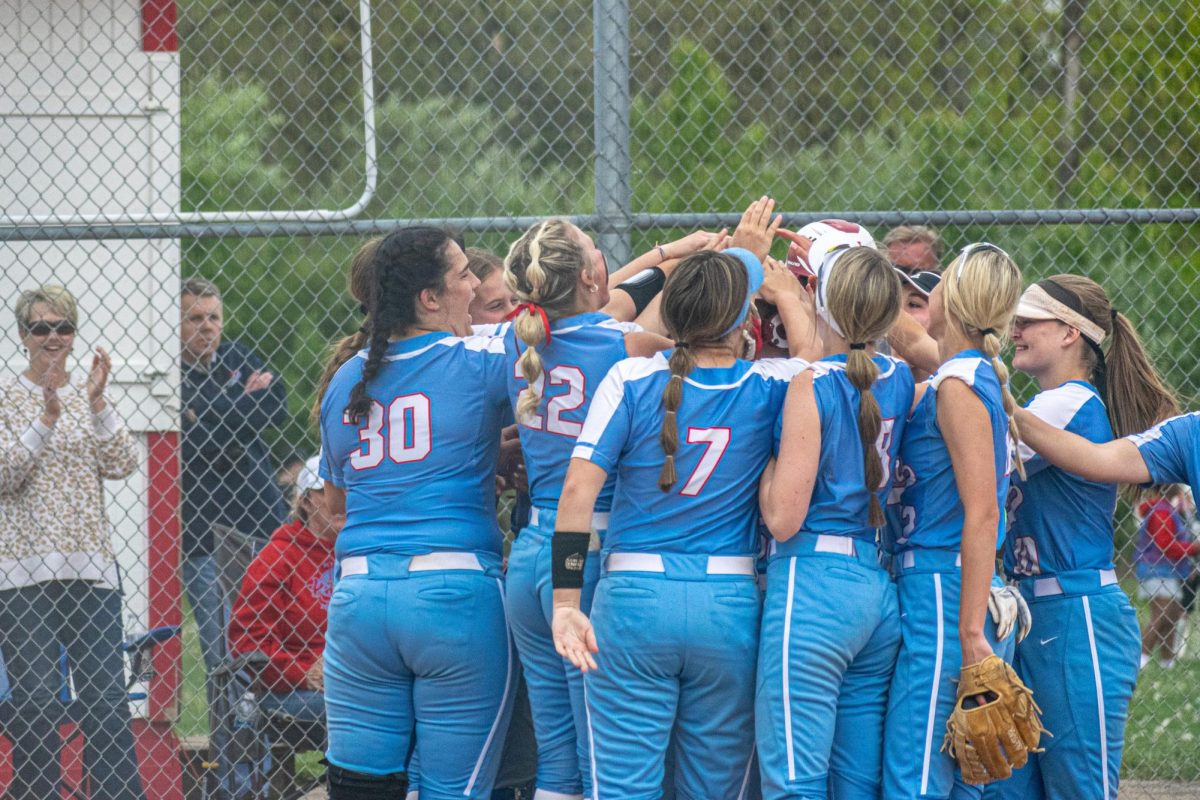
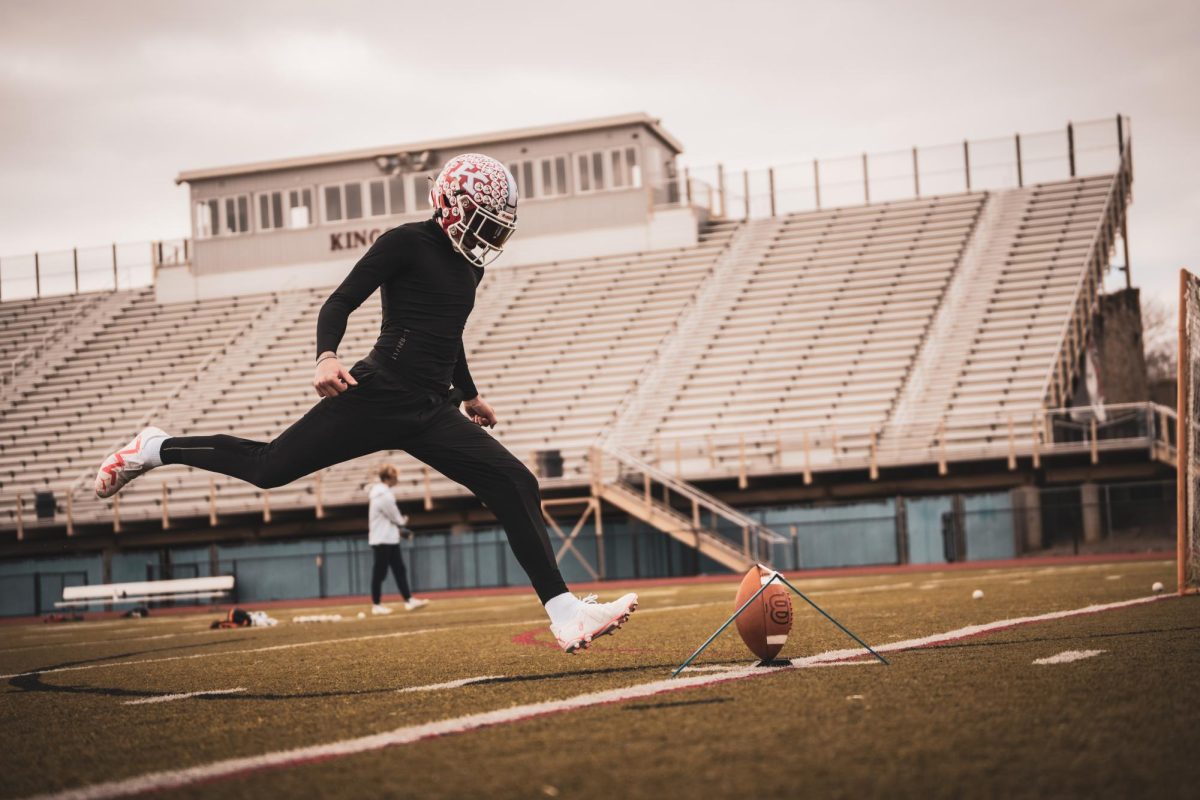



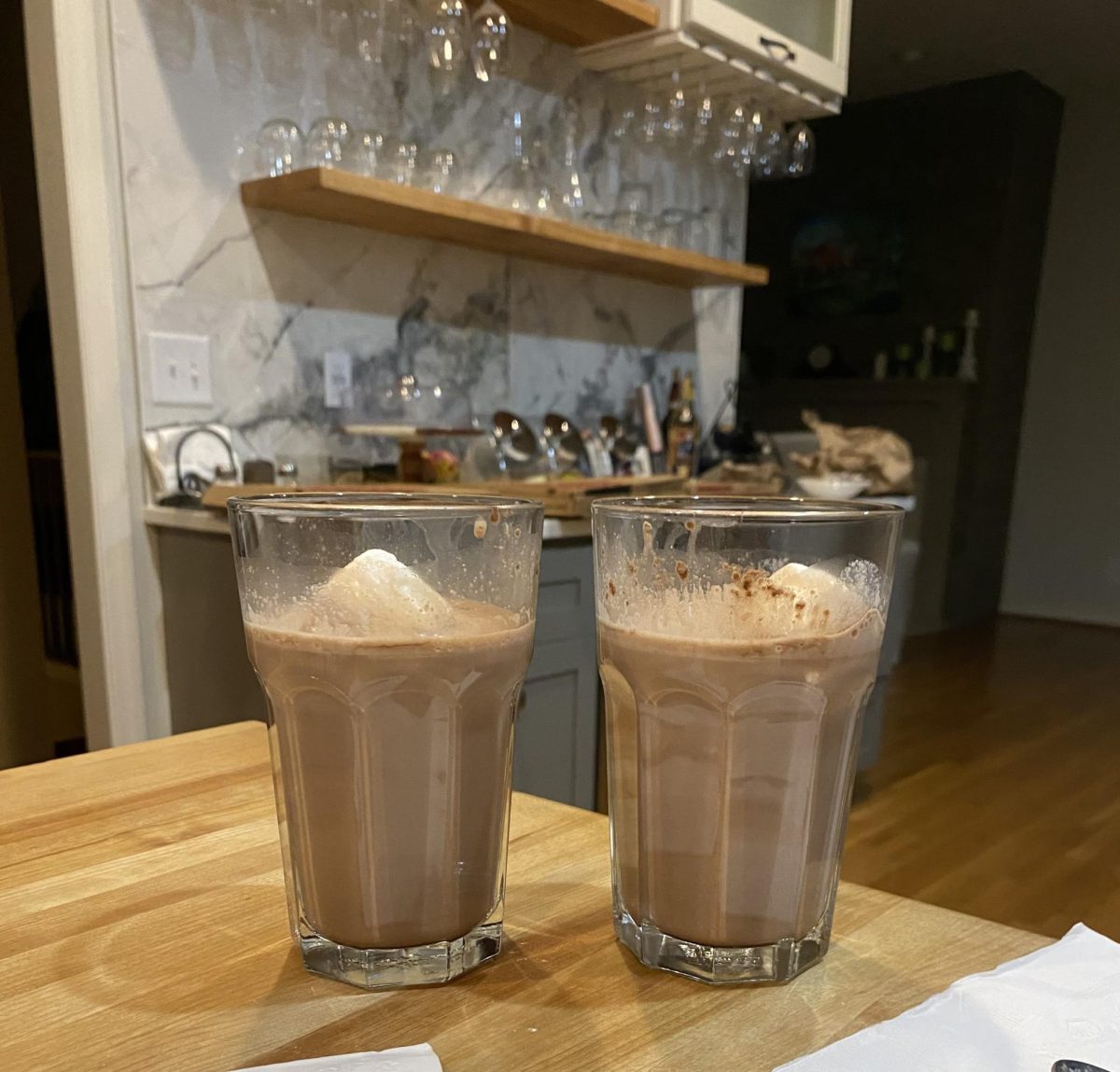

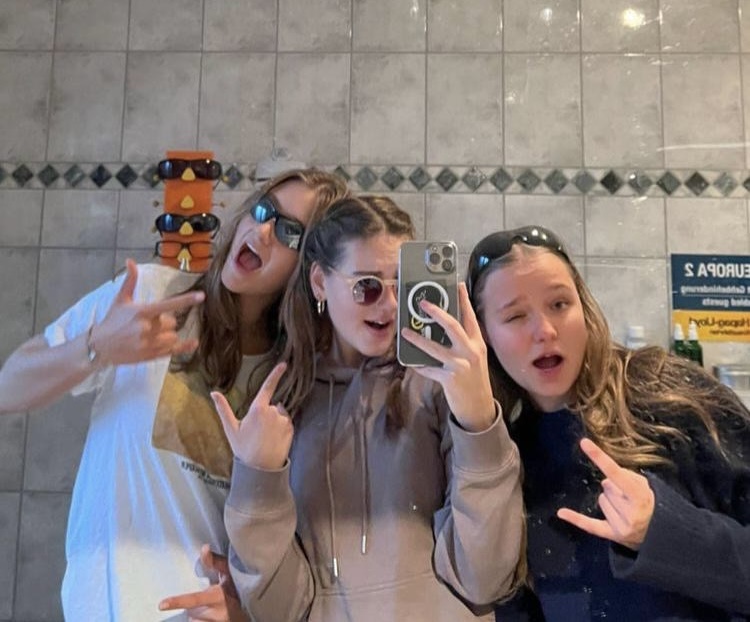
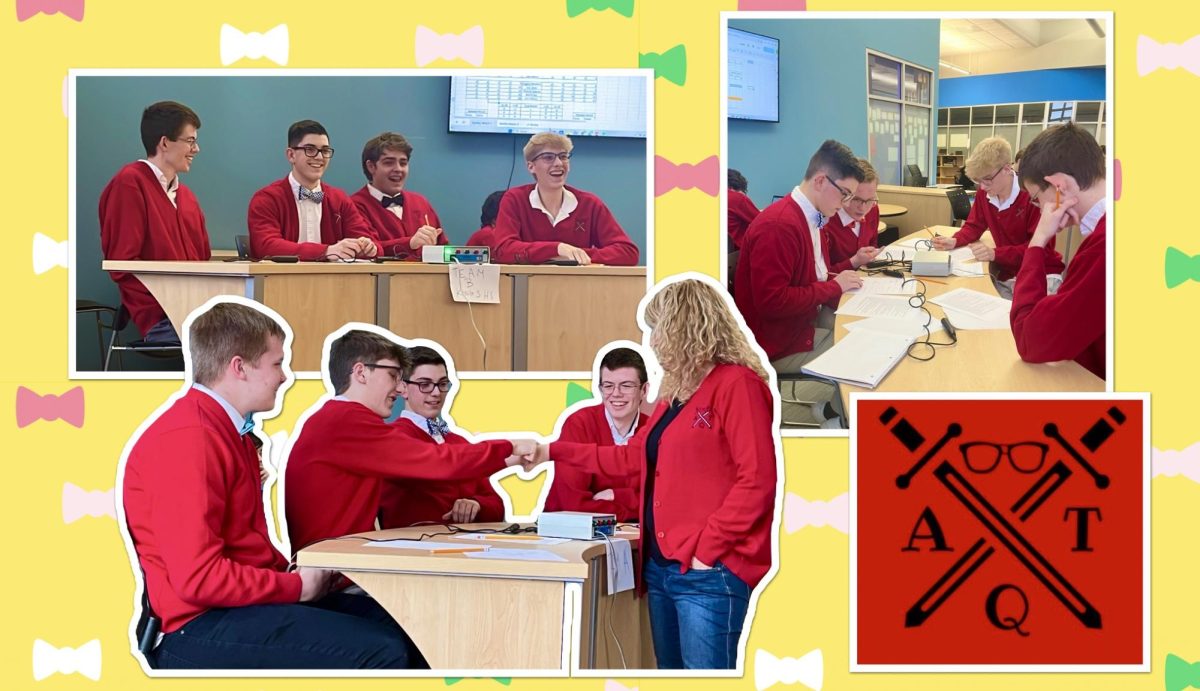
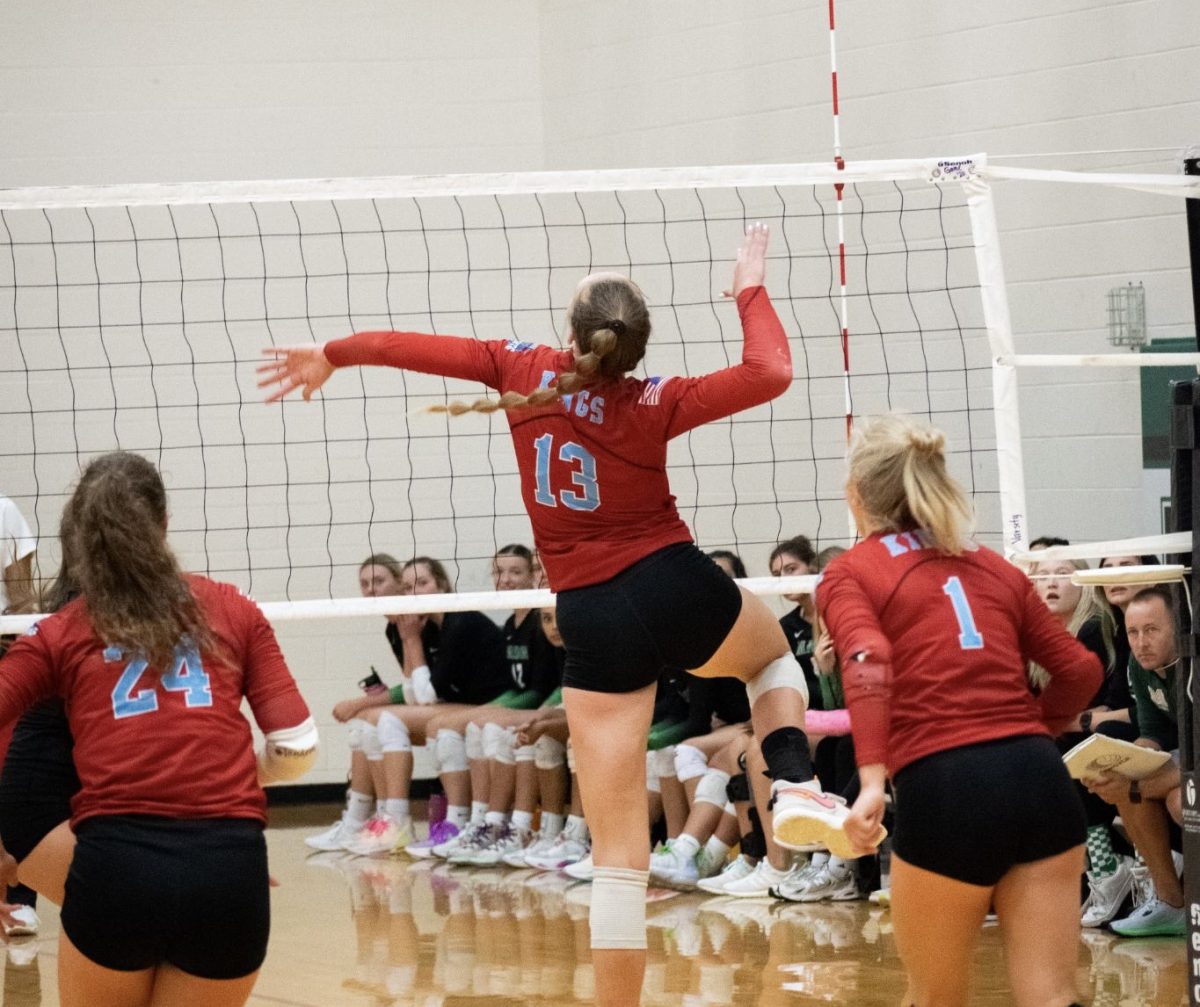


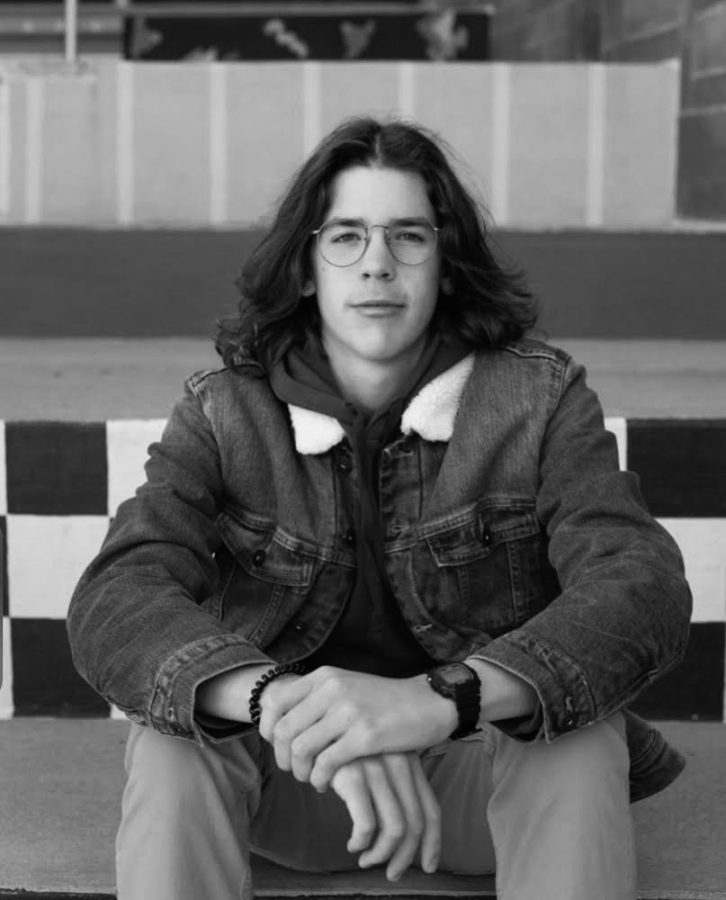
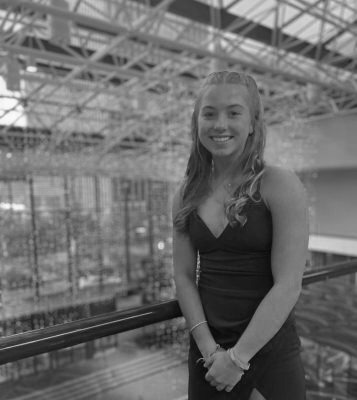
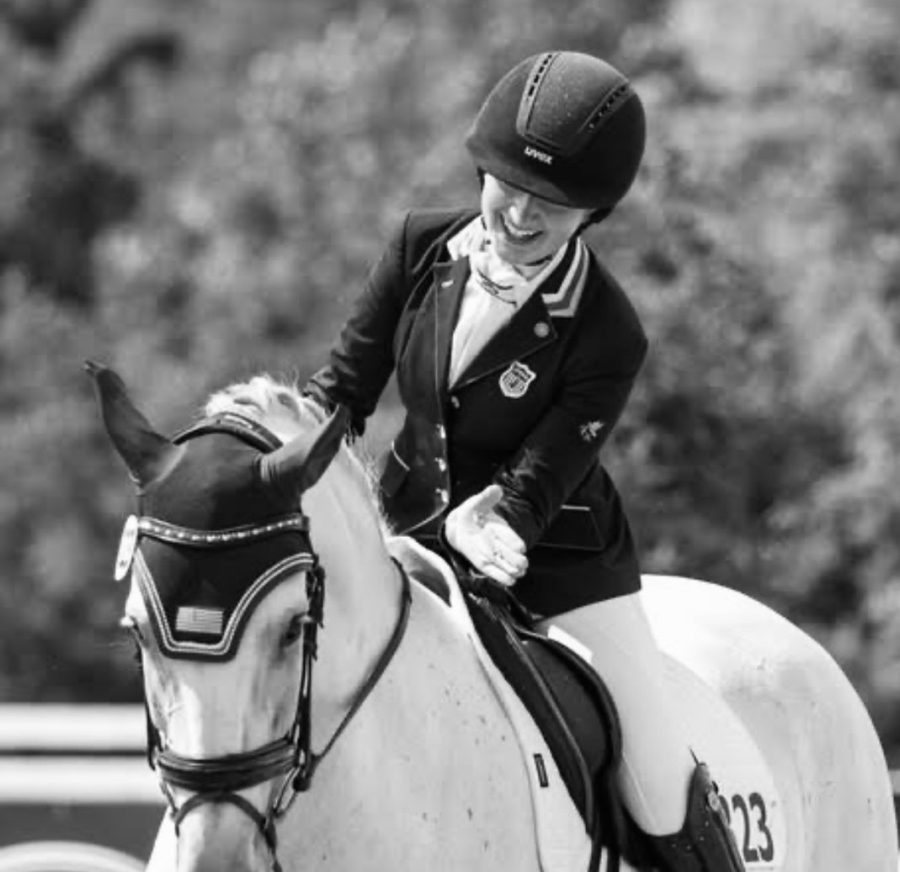

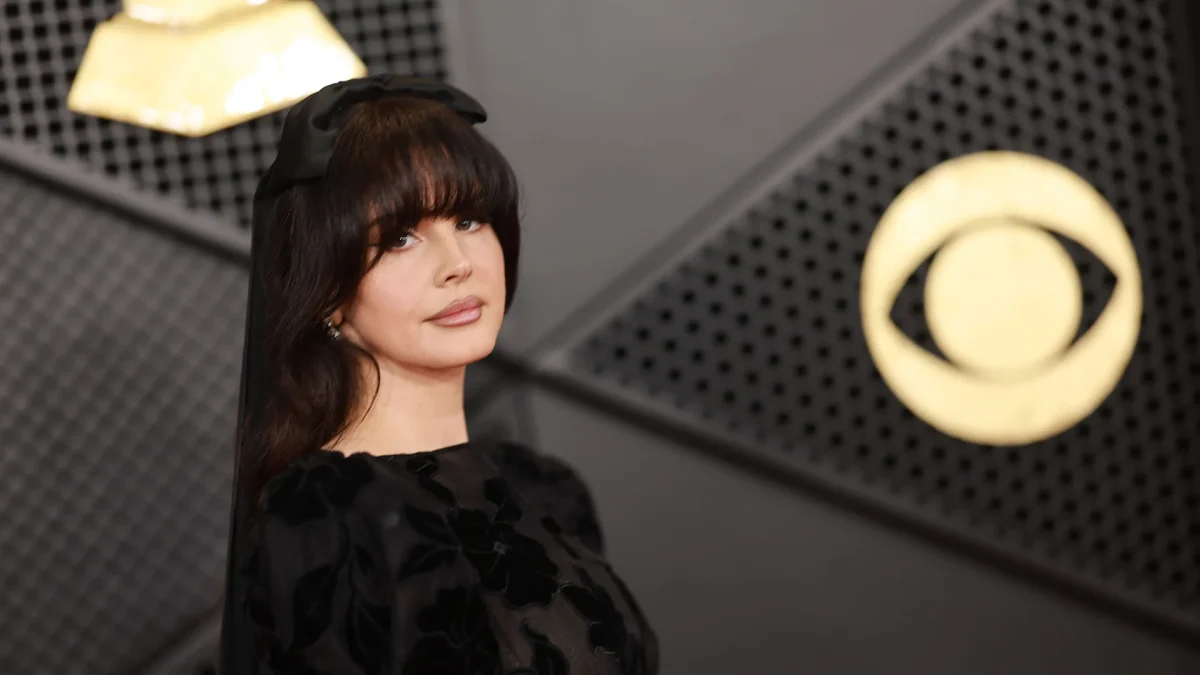

![During the holiday season, it can be tiring to hear the same Christmas songs all the time. These non-traditional tunes hope to cure some of the holiday monotony. [Photo Credit: Mallory Green]](https://khsknighttimes.com/wp-content/uploads/2023/12/greenfeatureimage-1200x680.jpg)

